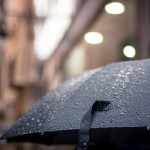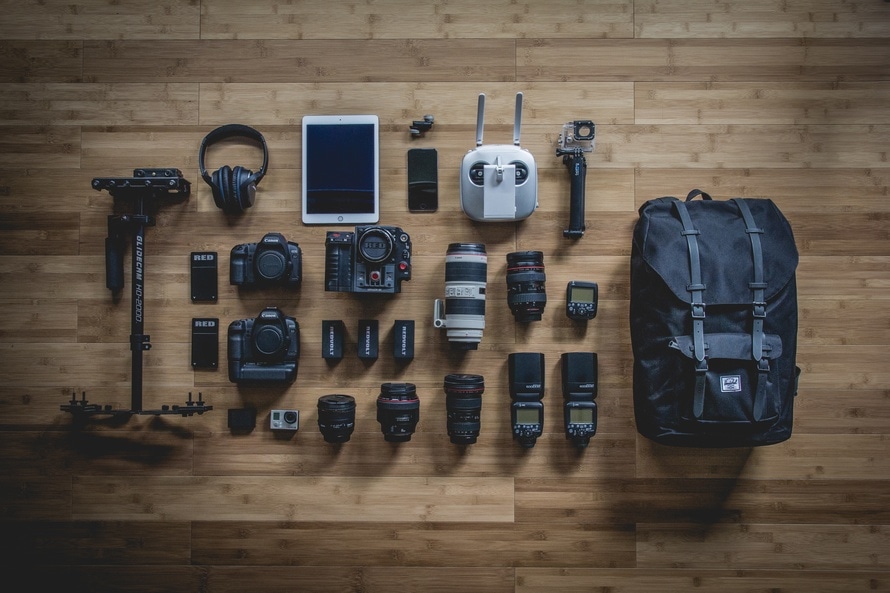Sustainability and corporate social responsibility (CSR) are terms that continue to generate thought in the events industry. If you’re still not sure what those terms mean or how they impact the way you plan, here are the definitions:
Sustainability is a method of using a resource so that the resource is not depleted.
Corporate social responsibility is an organization’s sense of responsibility towards the community and environment. The hospitality industry might express this through their waste and pollution reduction processes, or contributing to educational and social programs.
How can you plan with greener practices in place? How can you work better with hoteliers and vendors to make sure they are using the best practices? Here are some ideas:

Interactive technologies like tablets, video walls, and kiosks allow you to communicate your messages electronically on a real-time basis, saving on both paper and printing.
Reduce, Reuse, Recycle by offering recycling bins, and/or partnering with sustainable organizations that help keep materials out of landfills and allows them to be re-purposed instead. Let guests know of your efforts so they can participate—and feel good about doing it.
Transportation contributes to your carbon footprint, of course, so be conscious of that when considering your transportation options. To green up your transportation:
1. Understand the most efficient ways your guests can get to your hotel or destination. Promote those ways on your website for meetings when transportation is not being covered.
2. Utilize bus shuttle service instead of individual sedans to get groups to/from the airport versus.
3. If individual sedans are necessary, work with companies that offer hybrid or electric cars.
4. Consider destinations with a high ‘walkability’ score.
5. Encourage attendees to walk to local restaurants and attractions and/or share a cab when they have free time.
What are you doing to be eco-friendly?







